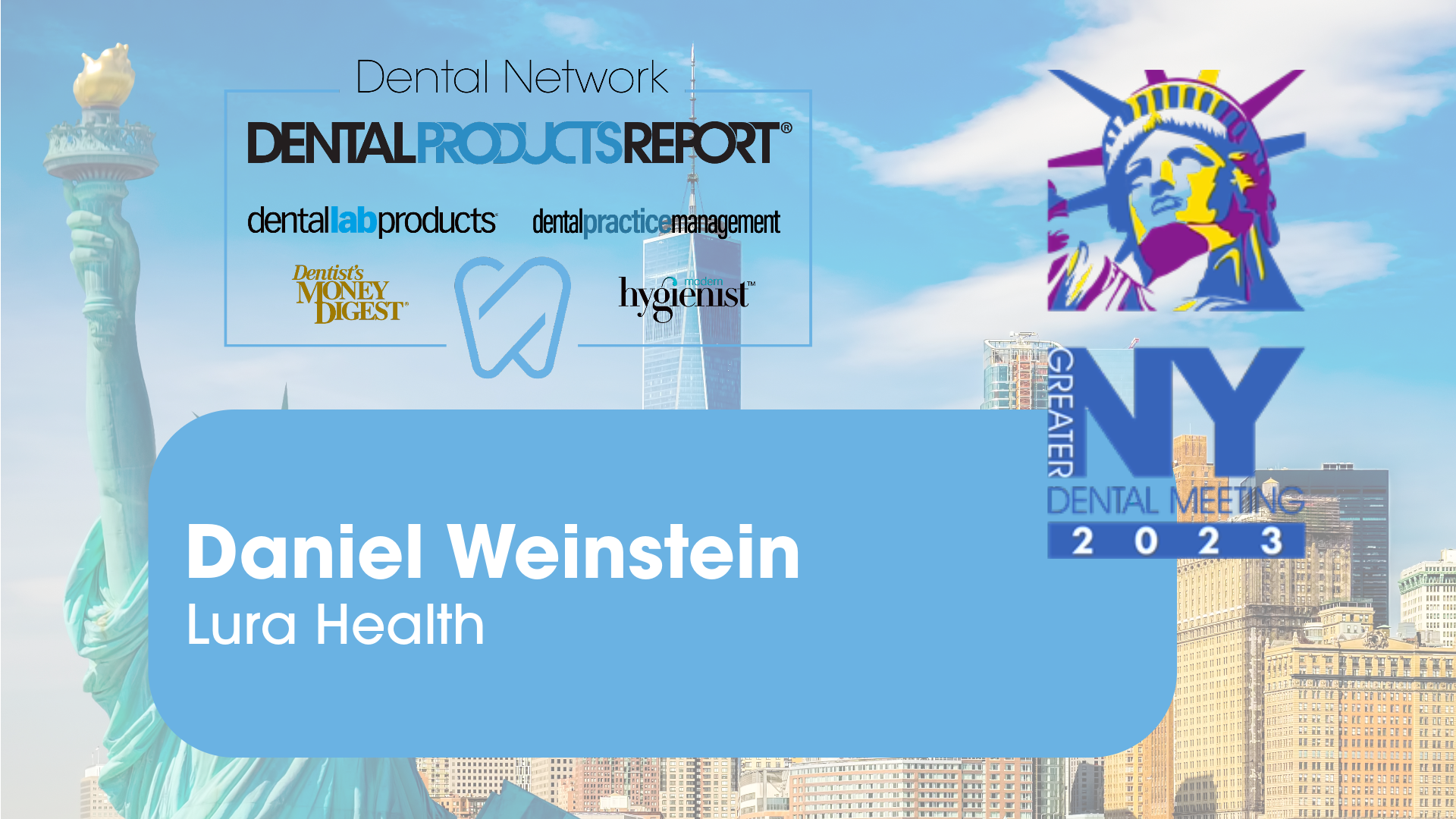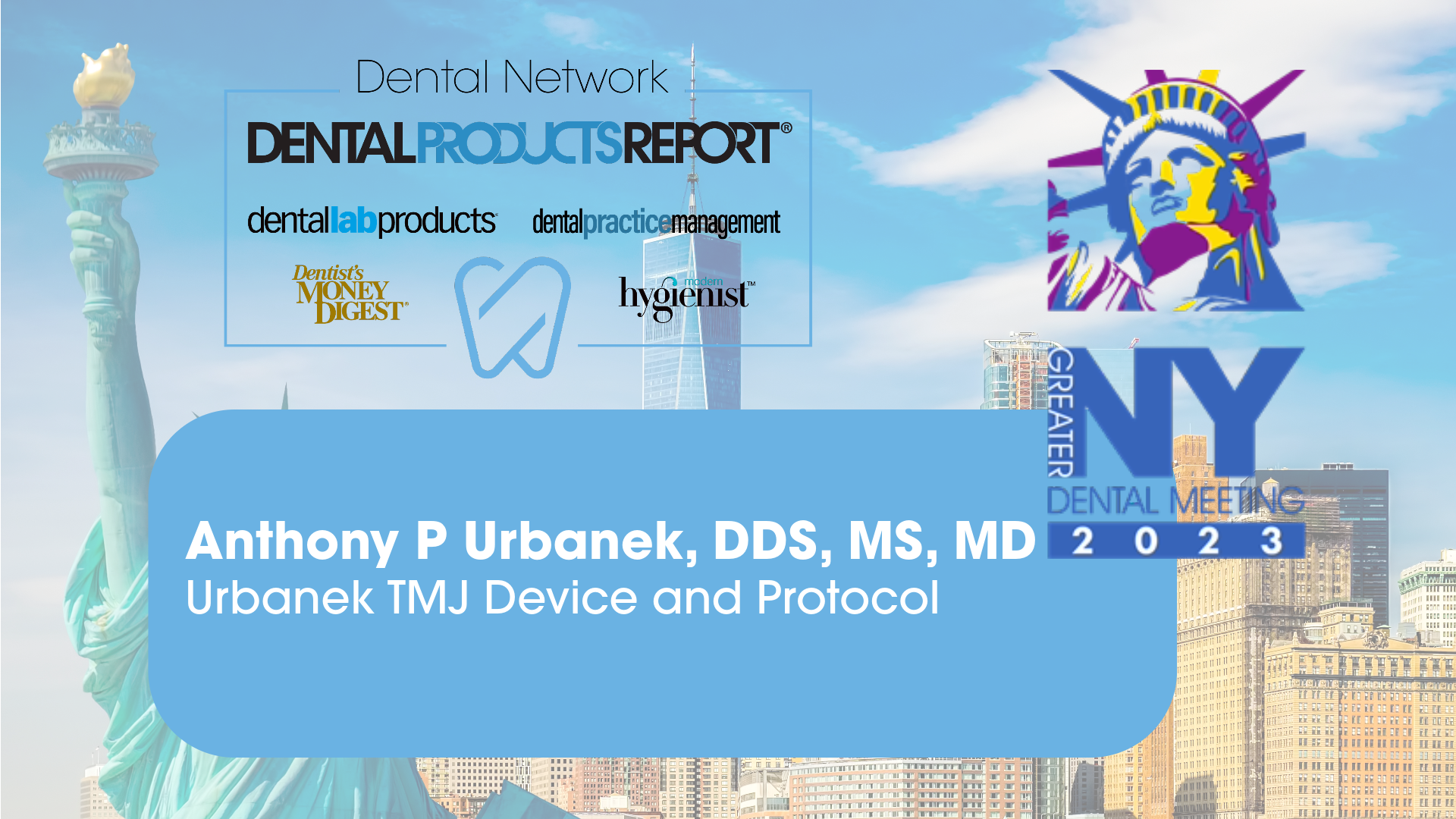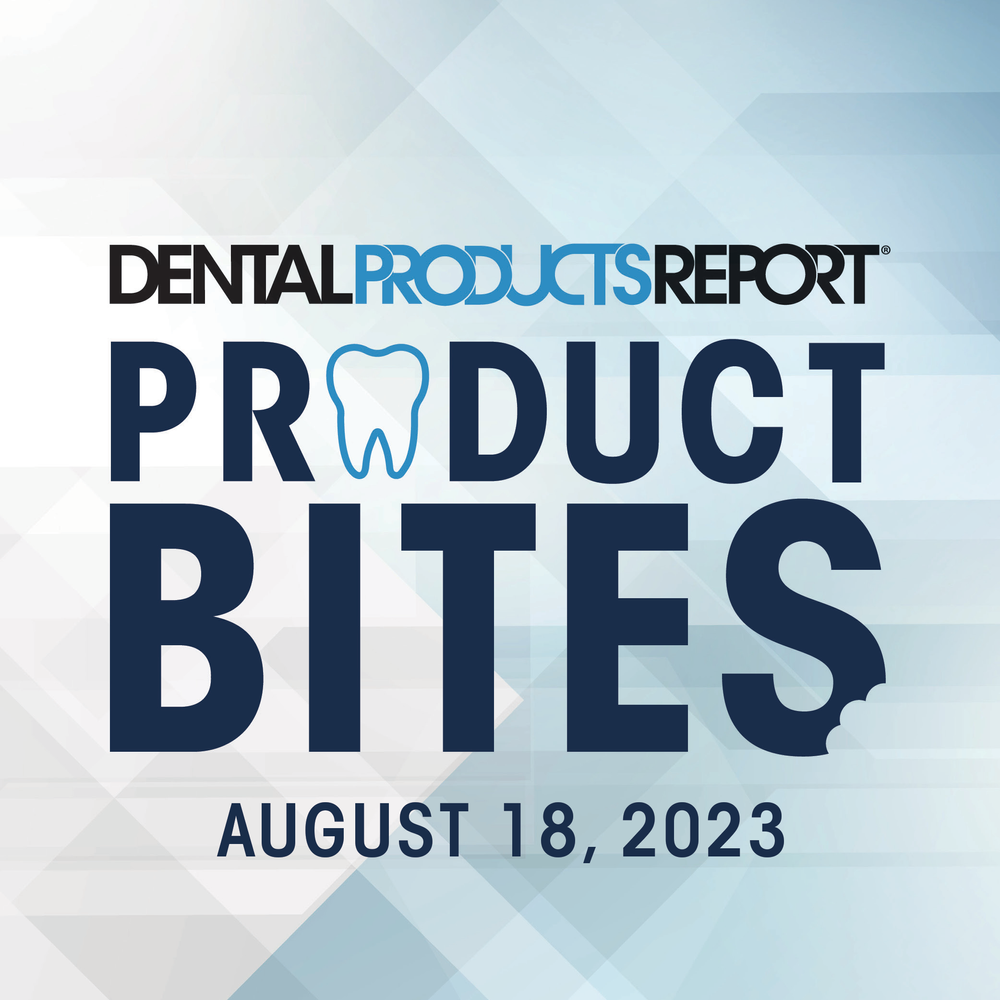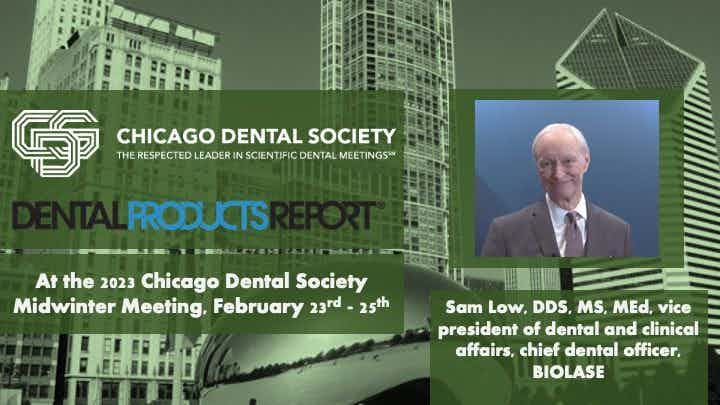5 Reasons Chewing Sugarfree Gum is Good for Your Oral Health
A look at how and why sugar-free chewing gum can be good for your oral health.
Chewing gum goes back to ancient times. The most common ancient chewing gum was tree resin lumps, but people also chewed various sweet grasses, leaves, grains and waxes.

The ancient Greeks chewed Mastiche made from the bark of mastic trees. Ancient Mayans chewed the coagulated sap of the Sapodilla tree called chicle, and were said to have mixed in tar and insect grease. Native Americans chewed the sap from spruce trees and actually introduced this tar to the colonists. In 2007, a Finnish archeology student found a 5,000 year old piece of ABC (already been chewed) gum made of birch bark tar. It is generally believed that ancient people who lived during the Neolithic period (beginning about 9,500 BCE) chewed gum as a way to treat gum infections.1
Now just because something has been done since ancient times doesn’t always make it good for you. However, these ancient people may have been on to something. It turns out, chewing sugarfree gum is actually good for your teeth. Many of the oral health benefits of chewing gum are due to gum’s ability to stimulate saliva flow.
While saliva is mostly made of water, about 99 percent, the other one percent or so contains very important substances. These other substances include electrolytes (sodium, potassium, calcium, magnesium, chloride, bicarbonate, phosphate and iodine), mucus, antibacterial compounds and enzymes that break down starches and begin the digestion process.
Continue to the next page to see five reasons chewing sugarfree gum, which stimulates saliva, is good for your teeth.

1. Chewing gum helps stimulate saliva flow for a moist mouth
Many people today are taking some sort of medication. Many prescription and non-prescription medications can cause a dry mouth. Some of these include medications for allergies, pain, acne, high blood pressure, asthma, nausea, anxiety, depression, acid reflux and many others.3 Some systemic diseases can cause changes to salivary glands and also affect saliva production.2 Having a dry mouth isn’t only uncomfortable, it can also lead to dental decay (cavities).3 It can also make you prone to fungal infections of the mouth.3
While there are a plethora of dry mouth products on the market, people will often suck on hard candy to help stimulate their saliva. While candy may help with saliva flow, it is most likely filled with sugar which can lead to dental decay, doing more harm than good. So instead of sucking on candy for dry mouth, chew on sugarfree gum for a better option.

2. Chewing gum helps neutralize plaque acids
The plaque that accumulates on teeth-what gives your teeth a fuzzy feeling-is made of millions upon millions of bacteria. These bacteria live on and multiply from the sugars you eat. What does everything that eats need to do? Go to the bathroom, of course! For the bacteria in your mouth, these wastes and toxins are acidic. To be blunt, bacteria poop acid on your teeth.
Again, this is where chewing gum to stimulate saliva comes in. Saliva can help buffer, or neutralize, the acids that come from bacteria. The electrolyte bicarbonate in saliva helps do this.
Read more: Saliva plays key role in caries prevention
The antibacterial enzyme, lysozyme, also helps control bacterial populations in the mouth. This is important because acids from bacteria can demineralize, or make teeth prone to dental decay and dental erosion, the thinning of enamel. Enamel doesn’t grow back, so it’s important to take measures to preserve it!
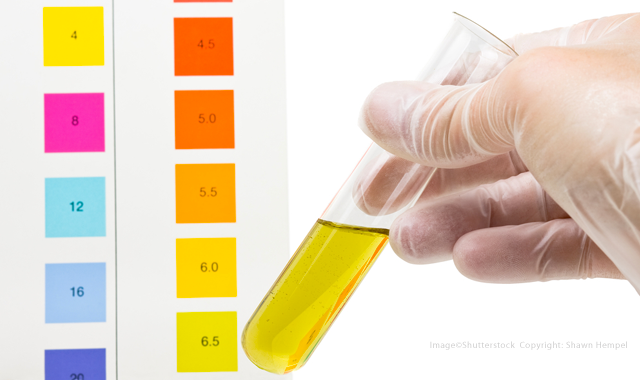
3. Chewing gum helps maintain the proper pH of your mouth
First, a bit about pH: The pH scale goes from 1 to 14, with 1 being very acidic and 14 being very alkaline. A neutral pH is 7. Normally, the mouth’s pH ranges from 6.2 to 7. Tooth enamel can begin to break down-which can cause dental decay and erosion-at a pH of 5.5. While tooth enamel is the hardest substance in your body, it doesn’t take much to drop the pH of the mouth to an acidic pH and break enamel down.
Beyond bacteria producing acid in your mouth, the foods we eat and the beverages we drink can be acidic and cause dental problems. For instance, black coffee has an acidic pH of about 5, beer is lower at a pH of 4, and soda and orange juice are even a lower pH of 4. Cranberry juice has a pH of 2.3, which is getting near the pH of stomach acid at a pH of 1. White rice comes in at 6, white bread has a pH of 5, corn has a pH of 5.2, and blueberries are even lower at a pH of 3.3.
The point here is that even healthy food choices, like blueberries, are acidic and can damage your teeth. Saliva to the rescue! Just as saliva can help buffer the acids produced from bacteria, it can do the same for the acidic foods and beverages we consume. Again, chewing sugarfree gum after eating or drinking something acidic, can stimulate saliva and help bring your mouth back to a neutral pH and protect your teeth.

4. Chewing gum helps maintain tooth mineralization
When your teeth undergo an acid attack and the pH drops below 5.5, by food or drinks you consume and by the acidic wastes from oral bacteria, enamel demineralization takes place. Basically, acid dissolves the minerals keeping your teeth strong.
Imagine your tooth enamel is a net, but you need this net to be strong to act as a barrier or wall to protect what’s inside. To make this net strong, you fill the holes with minerals such as calcium and phosphate. However, the minerals will only stay in place and keep the net strong if the pH is neutral, otherwise they dissolve away, leaving your net floppy.
Of course teeth don’t become floppy, but on a microscopic level, the net does becomes weak and the holes become bigger. If these minerals are not replaced within your teeth’s enamel, dental decay and tooth enamel erosion will begin. Yet again, this is where saliva comes in, because it contains the minerals to help remineralize tooth structure. Stimulating saliva by chewing sugarfree gum can help in this remineralization process.

5. Chewing gum helps increase the rate of food debris clearance
Considering that foods and beverages can be acidic by themselves and on top of that starchy, sugary foods feed bacteria that excrete acids, it’s important to get food off your teeth and out of your mouth all together. Besides the substances in saliva that neutralize acids, kill bacteria and remineralize tooth enamel; saliva can, being a fluid, help wash down food. This is important because when starchy or sugary food sticks to your teeth, it gives bacteria more time to excrete acid. This can lead to demineralization and a higher risk of dental decay and enamel erosion.
Acidic foods sitting on your teeth for long periods of time can do the same. When you chew sugarfree gum for about 20 minutes after eating, the saliva stimulated can also clear food debris from your teeth by dislodging and washing it away.

Conclusion
Saliva and the stimulation of saliva are important factors in keeping your teeth healthy. Saliva not only begins the process of starch digestion, it also allows you to taste your food and protects your teeth. Chewing sugarfree gum is a great way to stimulate saliva flow. Chewing gum may not be the best option for you if you have TMD (jaw joint problems or disorders) or if you brux (clinch and/or grind your teeth), but for those who don’t it’s a great option.4 Does chewing gum replace brushing and cleaning in between your teeth? Of course not. However, chewing sugarfree gum for 20 minutes after meals can help in those in-between brushing times.
Resources
1) 5000 Year Old Chewing Gum. (2007, Nov) World Archeology. Issue 26. Retrieved from https://www.world-archaeology.com/more/5000-year-old-chewing-gum.htm
2) Mortazavi, H., Baharvand, M., Movahhedian. A., Mohammadi, M., Khodadoustan, A. Xerostomia Due to Systemic Disease: A Review of 20 Conditions and Mechanisms. Ann Med Health Sci Res. 2014 Jul-Aug; 4(4): 503–510.
https://www.ncbi.nlm.nih.gov/pmc/articles/PMC4160670/
3) Villa, A., Connell, C.L., Abati, S. Diagnosis and Management of Xerostomia and Hyposalivation. Ther Clin Risk Manag. 2015; 11: 45–51. Retrieved from https://www.ncbi.nlm.nih.gov/pmc/articles/PMC4278738/
4) Wright, E.F., North, S.L. Management and Treatment of Temporomandibular Disorders: A Clinical Perspective. J Man Manip Ther. 2009; 17(4): 247–254. Retrieved from
https://www.ncbi.nlm.nih.gov/pmc/articles/PMC2813497/
Sponsored by Wrigley
*All of Kara’s opinions and thoughts are her own*

Floss & Flip Flops Episode 22: National Dental Hygiene Month
October 1st 2023Join the Sanders Sisters and Dr Anna Kay Thompson as they learn about the burning questions the medical community is not asking about oral health. Learn about all of the ways they are celebrating the good work of dental hygienists in their quest for whole-body health.
Maximizing Value: The Hidden Benefits of Preventing Hospital-Acquired Pneumonia Through Oral Hygiene
September 10th 2024Originally posted on Infection Control Today. Hospital-acquired pneumonia (HAP) is a significant infection prevention concern, leading to high patient mortality, increased health care costs, and ICU usage. Oral hygiene is an effective preventive measure.








